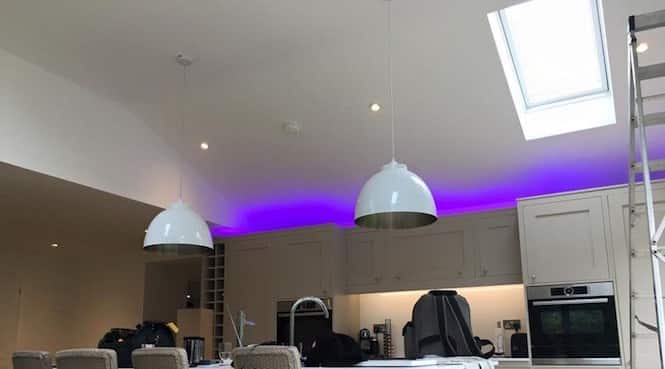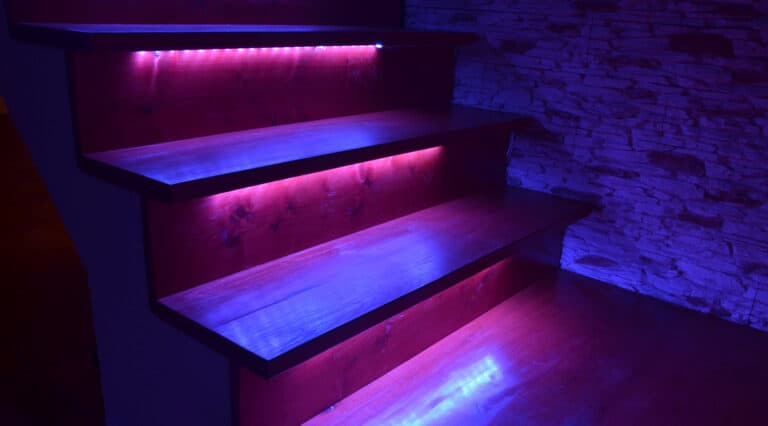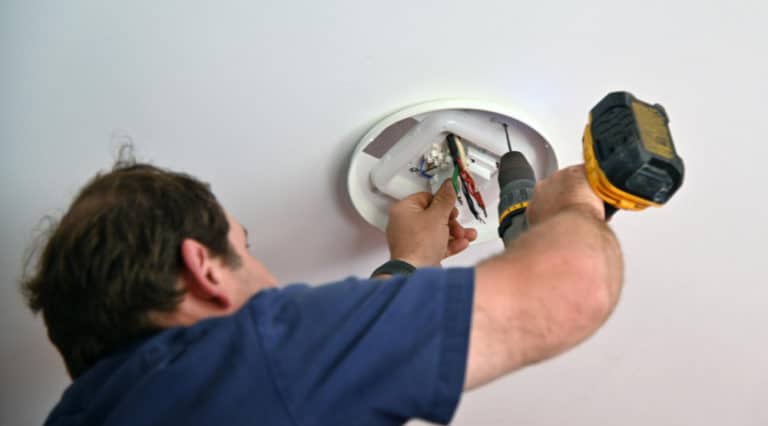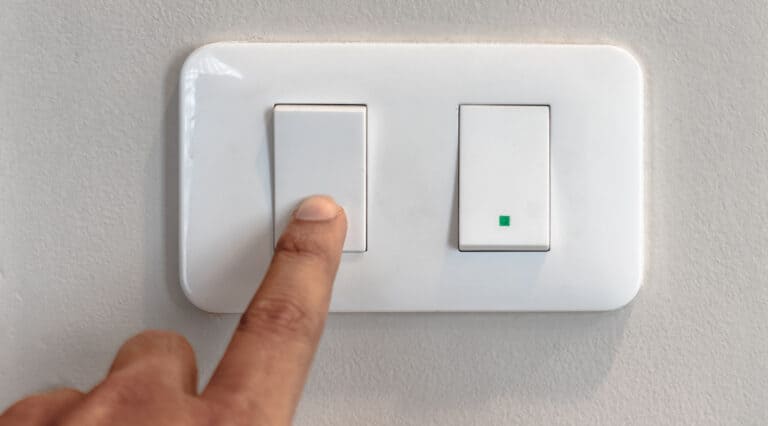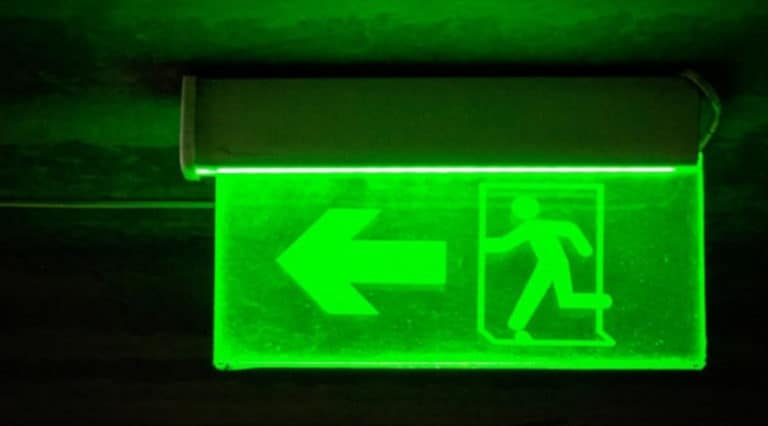Find My Local Expert Installation of Indoor and Outdoor Lighting...
Read More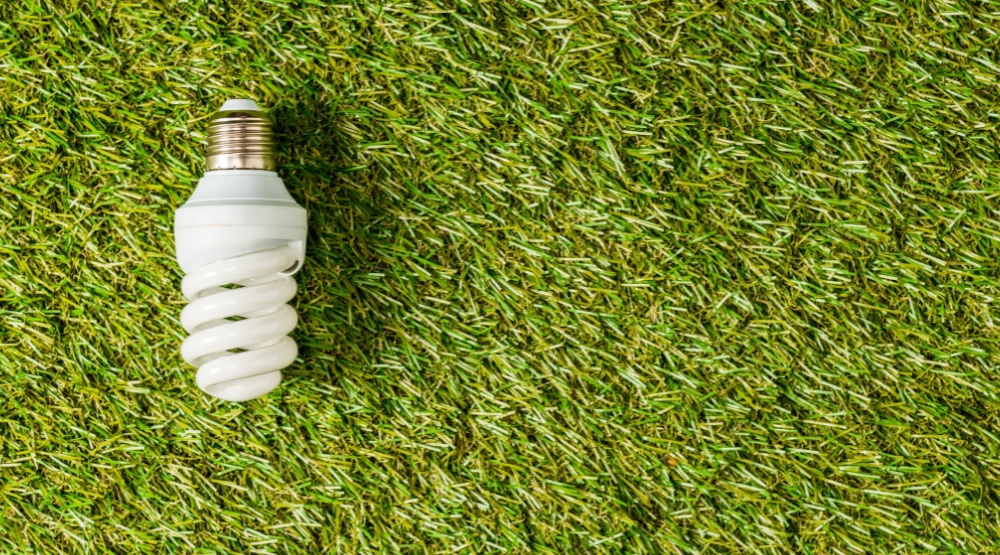
Bright Ideas: What are Energy Saving Light Bulbs?
Discover the brilliance of energy-saving light bulbs!
Energy saving light bulbs are a type of lighting technology that is designed to consume less electricity compared to traditional incandescent bulbs. There are several types of energy-saving light bulbs, including LEDs (light-emitting diodes), CFLs (compact fluorescent lamps), and halogen incandescent bulbs. LEDs are long-lasting and energy-efficient, while CFLs use less electricity and have a longer lifespan than incandescent bulbs. Halogen incandescent bulbs are also more energy-efficient than traditional incandescent bulbs.
The benefits of energy saving light bulbs are numerous. These bulbs have a longer lifespan, lower electricity consumption, and produce less heat, making them safer to use. Recent developments in energy-saving light bulbs include the availability of warm, soft white light options, which make them more aesthetically pleasing for use in homes. Additionally, LEDs and halogen incandescent bulbs now offer instant brightness, eliminating the time it takes for the bulb to reach full illumination. These developments make energy-saving light bulbs even more appealing for consumers looking to reduce their energy usage.
Identifying Different Types of Light Bulbs
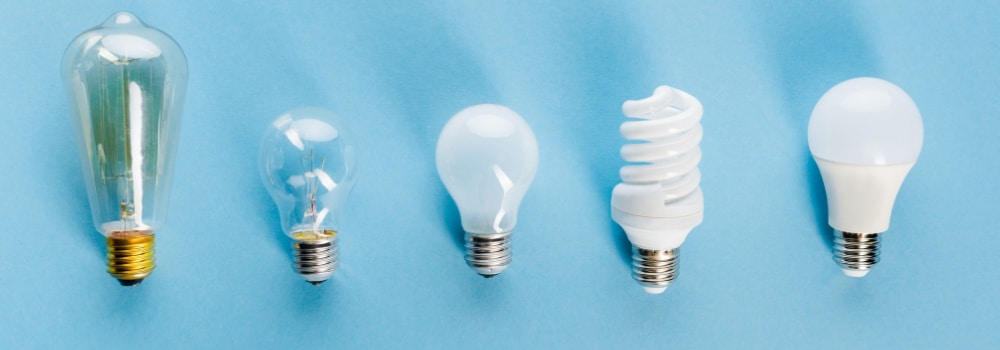
When it comes to choosing the right light bulb for your space, it’s important to consider the different types available and how they can best suit your needs. From traditional incandescent bulbs to energy-efficient LED and compact fluorescent options, each type of light bulb has its own unique set of characteristics and benefits. In this guide, we’ll take a closer look at the distinguishing features of these different types of light bulbs, including their energy efficiency, lifespan, color temperature, and overall performance. Understanding the differences between these various options can help you make an informed decision when it comes to selecting the right light bulbs for your home or business.
1. Incandescent Tungsten Bulbs
Incandescent tungsten bulbs are constructed with a tungsten filament enclosed in a glass bulb filled with either nitrogen gas or a vacuum. They are known for their warm, yellowish light and are available in various shapes and sizes. Tungsten bulbs with nitrogen gas provide a slightly higher color temperature and are more energy-efficient compared to those with a vacuum. However, both types are relatively inefficient, as they lose a significant amount of energy as heat rather than producing light.
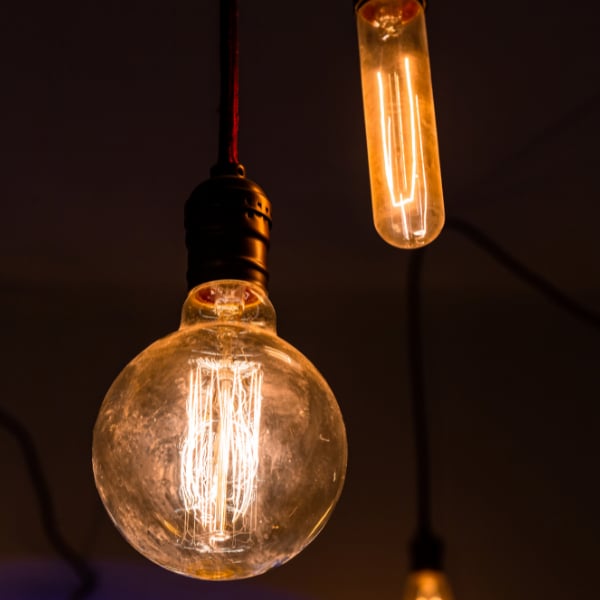
The typical light output of incandescent tungsten bulbs is around 10-17 lumens per watt, making them less efficient than other lighting options such as LEDs or compact fluorescent lamps.
These bulbs have a relatively short lifespan compared to other lighting options, lasting around 1,000 to 2,000 hours. Additionally, they are not environmentally friendly, as they waste a considerable amount of energy, and they are being phased out in many countries due to their inefficiency.
2. Halogen Bulbs
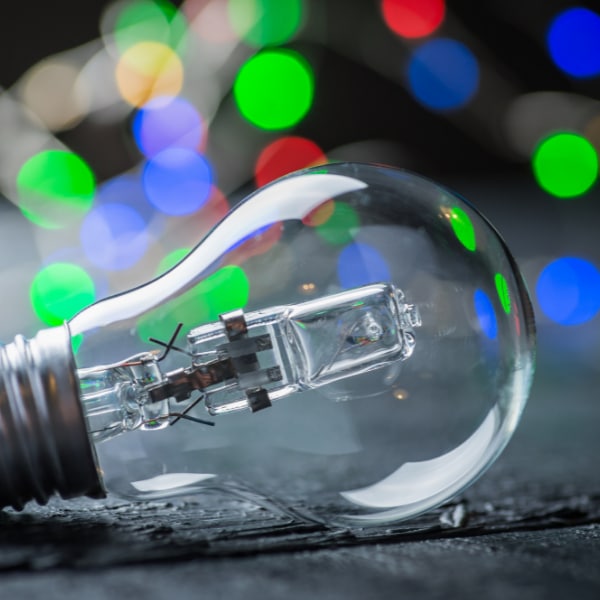
Halogen bulbs are a type of incandescent bulb that use halogen gas to increase their efficiency and longevity. The key feature of halogen bulbs is their innovative technology, which involves a tungsten filament enclosed in a small quartz envelope filled with halogen gas. When the bulb is turned on, the filament heats up, and the halogen gas helps to recycle evaporated tungsten back to the filament, resulting in a higher filament temperature and brighter light.
This process also helps to prolong the life of the bulb, as the halogen gas prevents the blackening of the bulb and maintains a consistent luminosity level.
Another benefit of halogen bulbs is their use of other inert gases, such as argon or krypton, to enhance their performance and efficiency. These gases help to reduce heat loss and increase luminosity, making halogen bulbs a more energy-efficient lighting option. Additionally, halogen bulbs come in a variety of sizes and shapes, making them suitable for a wide range of lighting fixtures.
In terms of longevity, halogen bulbs typically have a longer lifespan compared to traditional incandescent bulbs, lasting up to 3,000 hours. This makes them a cost-effective and durable lighting solution for both residential and commercial applications. Overall, the technology, filament heating process, gas utilization, and longevity of halogen bulbs make them a highly efficient and reliable lighting choice.
3. Fluorescent Bulbs
Fluorescent bulbs are known for their energy efficiency, making them a popular choice for lighting in various settings. They are available in a variety of configurations, including linear tubes, U-shaped, and compact fluorescent lamps (CFLs). Compared to traditional incandescent bulbs, fluorescent bulbs emit higher levels of luminosity, making them a brighter and more efficient lighting option.
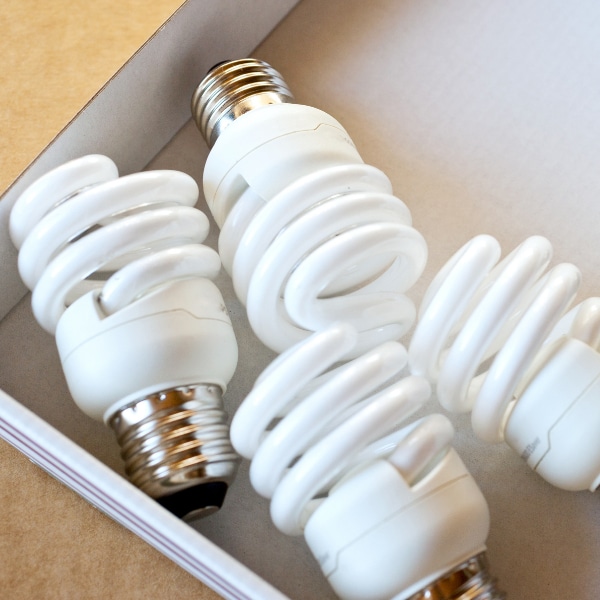
CFL technology differs from traditional cylindrical fluorescent tubes in that they are designed to be compact and fit into standard light sockets, allowing for easy installation and replacement. CFLs use a ballast and an electronic circuit to generate an electric current, which then excites the mercury vapor inside the tube, producing ultraviolet light. This light interacts with the phosphor coating on the inside of the bulb, resulting in visible light.
Using CFLs in an indoor garden setup provides numerous benefits, including energy efficiency, lower heat emission, and longer lifespan. CFLs also provide the ideal lighting conditions for plants to thrive, promoting healthy growth and photosynthesis. Their brightness and color temperature closely mimic natural sunlight, creating a balanced environment for indoor gardening. This makes them a popular choice for hobbyists and professional gardeners alike.
4. LED Bulbs
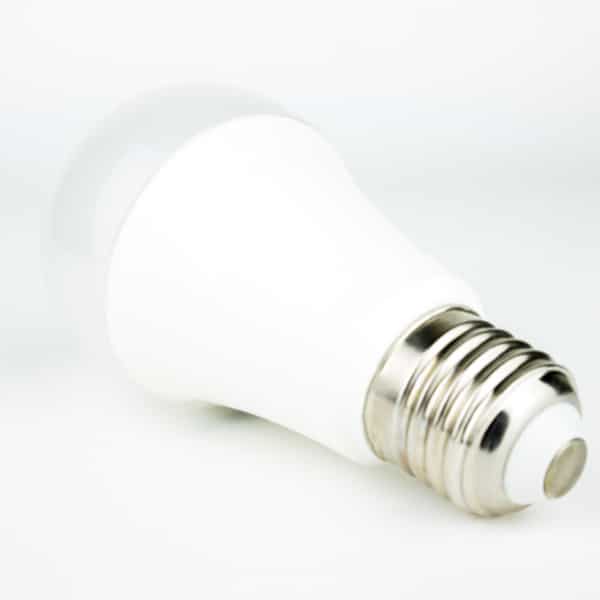
LED bulbs offer several advantages over traditional incandescent or fluorescent bulbs. Their energy efficiency is one of the most significant benefits, as LED bulbs use up to 85% less energy than incandescent bulbs, which can result in significant cost savings on electricity bills. Additionally, they produce very little heat, making them safer to touch and reducing the need for excess cooling in the area where they are used. This low heat production also contributes to their longer lifespan compared to other types of bulbs.
LED bulbs utilize photon technology, which allows for more precise control over the direction and intensity of the light they emit. This makes them a popular choice for applications such as task lighting, accent lighting, and even in decorative lighting fixtures.
LED strips have also become increasingly popular, offering flexibility and versatility in lighting design. With the availability of colored light options using RGB filters, LED strips can easily change to create different atmospheres and moods in a room.
Compared to incandescent and fluorescent bulbs, LED bulbs are not only more energy-efficient, but they also provide higher luminosity levels. This makes them an ideal choice for various lighting needs, from residential to commercial settings.
Types of energy saving light bulbs and how they work
Compact Fluorescent Lamp (CFL)
CFL bulbs, also known as compact fluorescent lamps, offer several features and benefits. They are highly energy-efficient, using about 75% less energy than traditional incandescent bulbs. This efficiency not only reduces electricity costs but also decreases greenhouse gas emissions. CFLs have a much longer lifespan than incandescent bulbs, lasting up to 10 times longer. Their price range is also relatively affordable, making them a cost-effective lighting option.
CFLs work by using a combination of argon and mercury vapor to produce ultraviolet (UV) light when an electric current passes through them. The UV light then interacts with the phosphor coating on the inside of the bulb, producing visible light. CFLs have a spiral or folded tube design and are available in various light output levels, ranging from soft to bright white. They also come in different color temperatures, such as warm white or cool white, allowing for customizable lighting options.
Halogen
The history of halogen bulbs dates back to their development in 1958 by General Electric. These bulbs utilize a tungsten filament and halogen gas to produce clear, bright light. The halogen gas helps to recycle the evaporated tungsten back onto the filament, prolonging the lifespan of the bulb.
Halogen bulbs use 20 to 30 percent less electricity than incandescent bulbs, making them a more energy-efficient option. They also incorporate reflective cups to enhance light direction and intensity, making them ideal for spotlighting and task lighting.
In terms of lifespan and cost, halogen bulbs typically last around 2,000 to 3,000 hours, which is longer than traditional incandescent bulbs but shorter than LED bulbs. They are also more expensive to purchase than incandescent bulbs, but their lower operating temperature and smaller size make them a popular choice for a variety of lighting applications.
Light-emitting Diode (LED)
LED bulbs are known for their energy efficiency, using significantly less energy compared to traditional incandescent bulbs. This not only saves on electricity costs but also reduces carbon emissions. Additionally, LED bulbs have a long lifespan, lasting up to 25 times longer than incandescent bulbs, reducing the frequency of replacements. Their directionality of light emission also makes them more efficient since they emit light in a specific direction, unlike incandescent bulbs which emit light and heat in all directions.
LED bulbs work by passing a current through a semiconductor material, which results in the release of photons or light particles. This process occurs in the negative diode, where electrons combine with electron holes to release energy in the form of light.
There are various types of LED light fittings available, including LED strips that can be installed in tight spaces for decorative lighting, and RGB filters that allow for a wide range of color options. These fittings provide flexibility and customization in lighting design for both residential and commercial spaces.
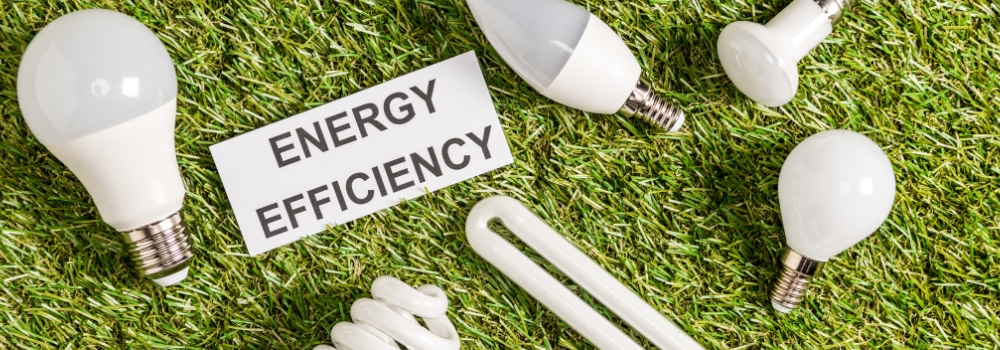
Savings through a flick of a switch
Switching on your savings can be as simple as switching to energy-saving light bulbs. By making the switch from traditional incandescent bulbs to energy-efficient alternatives like CFLs (compact fluorescent lamps) or LEDs (light-emitting diodes), you can reduce your energy usage and save money on your electricity bills.
CFLs and LEDs are both great options for energy-efficient lighting. CFLs are known for their cost-effectiveness and can last up to 10 times longer than traditional bulbs. Meanwhile, LEDs are even more energy-efficient and have an even longer lifespan, making them a great long-term investment. Both options use significantly less energy than traditional bulbs, leading to lower energy costs and a reduced environmental impact.
Making the switch to energy-saving bulbs can result in potential annual savings of up to £75, and the transition can be made easier by utilizing existing bulb fittings. This means you can start saving money and reducing your energy consumption without the need for major upgrades or renovations.
You May Also Like...
Illuminate Your Home: Unique LED Light Ideas You Need to Try
Find My Local Expert Illuminate Your Home: Unique LED Light...
Read MoreHow to Replace a Light Fixture
Find My Local Expert How to Replace a Light Fixture...
Read MoreDon’t Ignore That Buzzing Light Switch – Here’s Why It Matters
Find My Local Expert Don’t Ignore That Buzzing Light Switch...
Read MoreDo I need to install emergency lights for my home?
Find My Local Expert Do I Need to Install Emergency...
Read MoreSwitch to Energy Efficient Bulbs Today!
My Trusted Expert Guarantee
Experts Have Been Vetted & Approved
